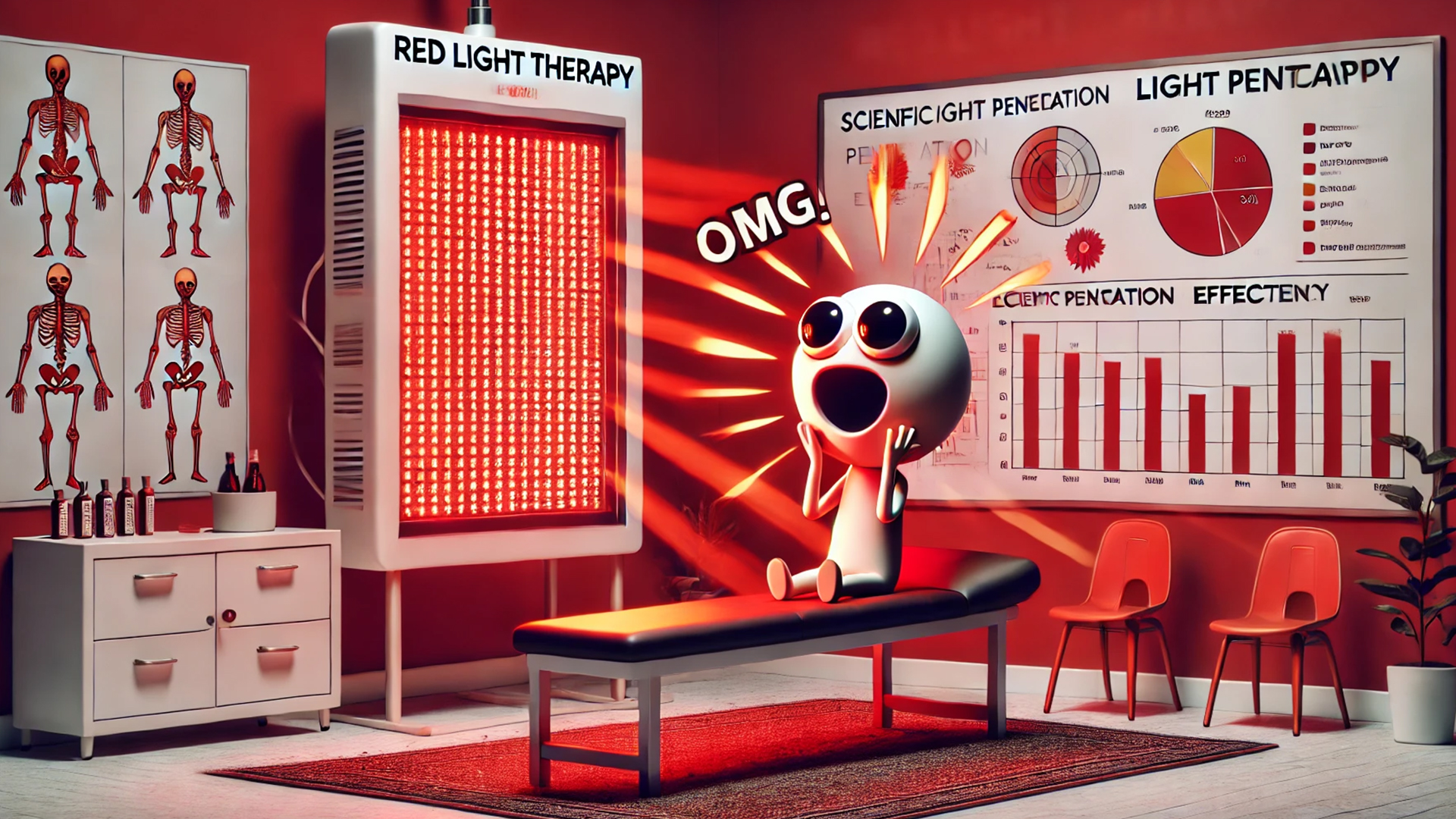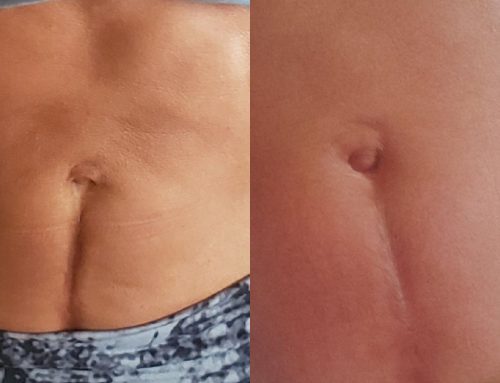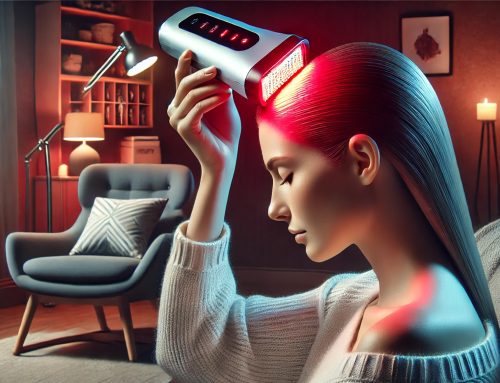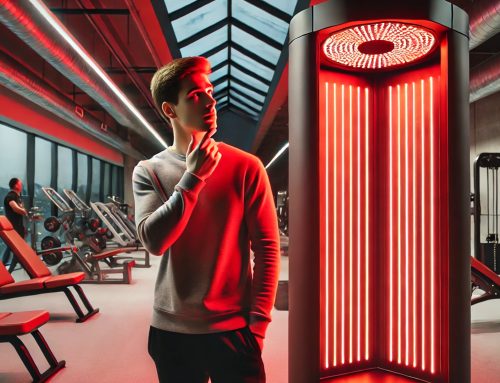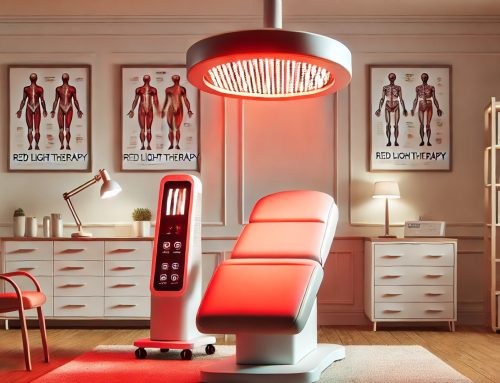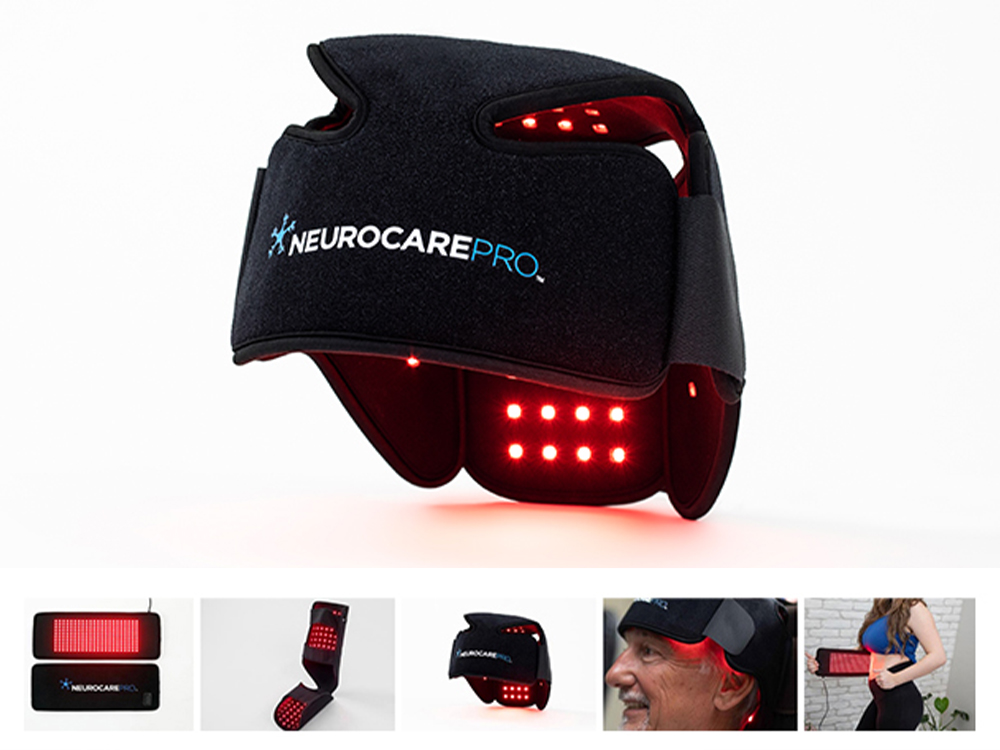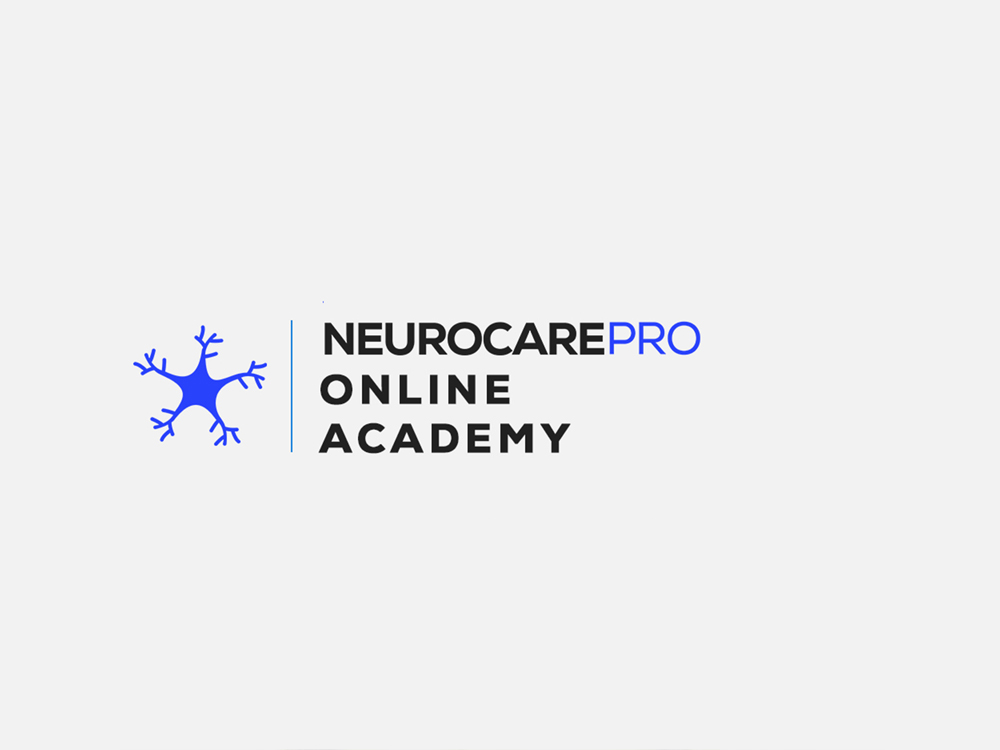Imagine this for a moment: You’re at a rock concert, and the opening act is playing. The music is pleasant, but you can barely hear it over the chatter of the crowd. Suddenly, the headliner takes the stage, and BAM! The volume cranks up, the bass thumps through your chest, and you can feel the music in your bones. Welcome to the world of power in infrared therapy – where the difference between a whisper and a roar can mean the difference between tickling your cells and frying them like an egg on a hot sidewalk.
Let’s dive into the electrifying world of joules, watts, and why understanding power in light therapy is crucial for your health and wellbeing. Buckle up, folks – this ride is about to get enlightening!
Joules: The Currency of Light Therapy
In the realm of light therapy, joules are the big cheese, the head honcho, the… well, you get the idea. Joules measure the energy delivered by light, and they’re like the calories of the light world. Just as you count calories to manage your diet, therapists and engineers count joules to ensure you’re getting the right ‘dose’ of light.
But here’s the kicker – joules aren’t just about quantity; they’re about intensity over time. It’s like the difference between sipping a hot coffee slowly and trying to down it in one gulp. Same amount of coffee, very different experiences for your tongue!
Watts: The Speed of Light (Energy)
If joules are the total energy, watts are the rate at which that energy is delivered. Think of watts as the speed of your car. You can drive 100 miles at 25 mph or 100 mph – you’ll cover the same distance, but the experience (and the risk of speeding tickets) will be vastly different.
In light therapy, higher wattage means more energy delivered in a shorter time. It’s like the difference between a gentle stream and a fire hose – both can fill a bucket, but one might knock you off your feet in the process!
The Goldilocks Zone: Not Too Hot, Not Too Cold
Now, here’s where things get interesting. Just like Goldilocks looking for the perfect porridge, we need to find the right power level for light therapy – not too low, not too high, but just right.
Too little power, and you might as well be shining a flashlight on yourself for all the good it’ll do. Your cells will be sitting there, twiddling their mitochondrial thumbs, wondering when the party’s going to start.
On the flip side, too much power can turn your healing session into a cellular barbecue. And trust me, that’s one cookout you don’t want to attend!
The Microwave Analogy: From Communication to Cooking
Let’s take a detour into the world of microwaves to really drive this point home. Microwaves are a form of electromagnetic radiation, just like infrared light. At low power levels, microwaves are used for communication – your phone, Wi-Fi, and even some car keys use microwaves to transmit information without causing any harm.
But crank up the power, and suddenly those same microwaves are turning your leftover pizza into a molten mess of cheese and regret. It’s the same principle with infrared therapy – the right power level can communicate with your cells and promote healing, but too much can lead to tissue damage and a very bad day.
The Laser Pointer Paradox: From Cat Toy to Light Saber
Let’s shine a light on another example – the humble laser pointer. At low power levels, it’s a fun toy that can have your cat doing parkour off the walls. But increase the power, and suddenly that same red light can cut through steel like a hot knife through butter.
The same principle applies in infrared therapy. The right power level can stimulate healing and cellular regeneration. But dial it up too high, and you might find yourself with more than you bargained for – and not in a good way.
Finding Your Power Sweet Spot
So, how do you find the right power level for your infrared therapy? It’s not as simple as picking a number out of a hat (though that would make for an interesting game show – “Wheel of Infrared Fortune,” anyone?).
The ideal power level depends on several factors:
- Treatment area: Larger areas generally need more power to ensure even coverage.
- Depth of penetration: Near-infrared (NIR) penetrates deeper than far-infrared (FIR), so power levels need to be adjusted accordingly.
- Treatment goals: Pain relief might require different power levels than skin rejuvenation.
- Individual factors: Your skin type, overall health, and even medications can affect how your body responds to light therapy.
This is why it’s crucial to consult with a trained professional before starting any light therapy regimen. They can help you find your personal Goldilocks zone of power – enough to be effective, but not so much that you end up glowing in the dark (and not in a cool, superhero kind of way).
The Time Factor: Duration Matters
Here’s another wrinkle in the power puzzle – time. Remember how we said joules are about energy over time? Well, you can achieve the same total energy (joules) with high power for a short time or lower power for a longer time.
It’s like cooking a turkey. You can blast it with high heat for a short time (hello, dried-out bird), or cook it low and slow for juicy perfection. In light therapy, longer sessions at lower power often provide better results than short, high-power zaps.
The Future is Bright (But Hopefully Not Too Bright)
As technology advances, we’re seeing more sophisticated devices that can adjust power levels on the fly, targeting different tissues with precision. It’s like having a conductor for your cellular orchestra, ensuring every section plays at just the right volume.
But even with these advancements, understanding power in light therapy remains crucial. It’s the difference between playing a soothing lullaby for your cells and hitting them with the equivalent of a death metal concert at full volume.
Wrapping Up: The Power of Knowledge
So, there you have it – a whirlwind tour of power in the world of infrared therapy. From joules to watts, from microwaves to laser pointers, we’ve seen how the right power level can mean the difference between healing and harm.
Remember, when it comes to light therapy, you’re not just a passive receiver of photons. You’re the director of your own cellular light show. By understanding power, you can ensure your light therapy experience is more “healing concert” and less “accidental sunburn.”
So the next time someone offers you a light therapy session, don’t be afraid to ask about the power behind the light. Your cells will thank you for it – and hey, you might just impress them with your newfound knowledge of joules, watts, and the fascinating world of infrared power!
Now, if you’ll excuse me, I’m off to see if I can train my cat to cut through steel with a laser pointer. (Just kidding – please don’t try this at home!)





